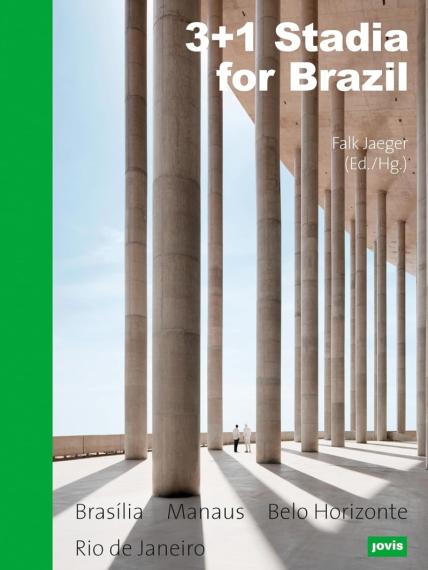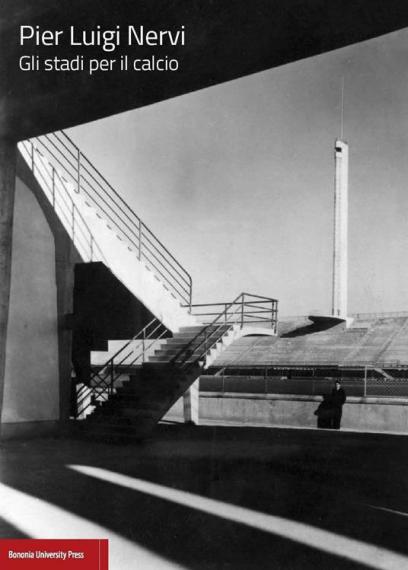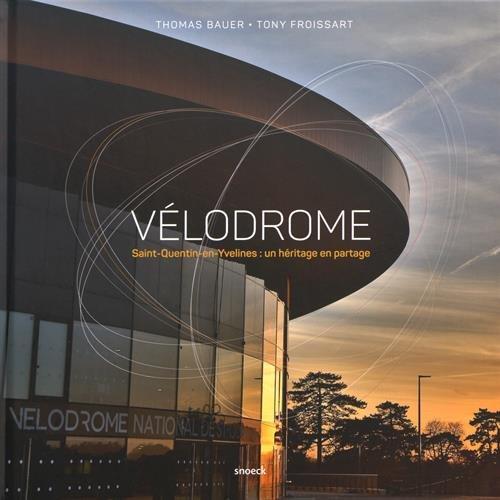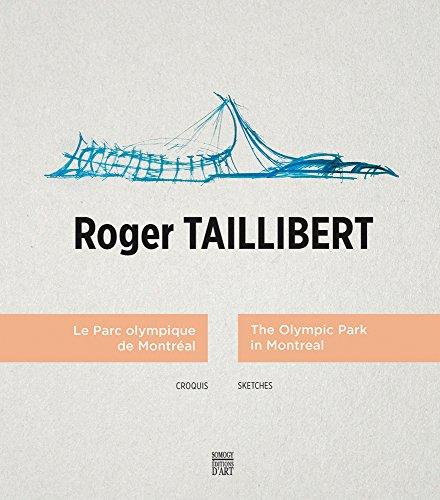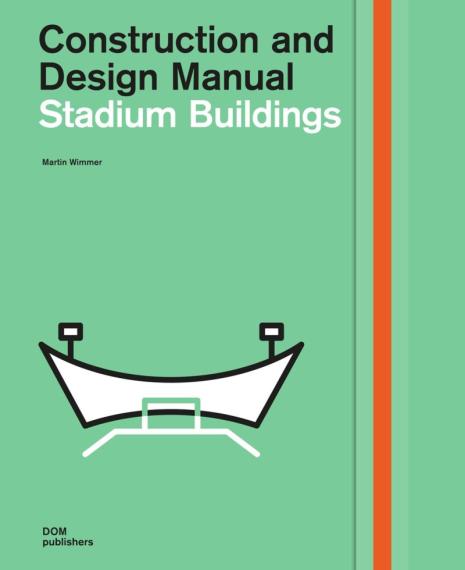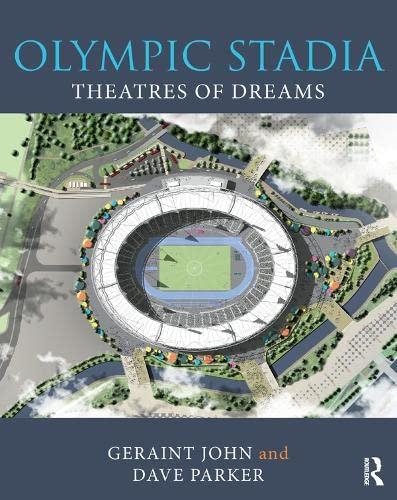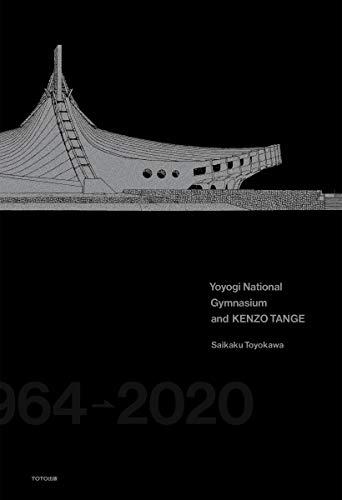Once upon a time there were stadiums
La Cité de l’architecture & du patrimoine questions one of the emblematic places of sports: the stadium. The exhibition proposes tracing the evolution from the invention of the modern stadium in the early 20th century to its globalization.
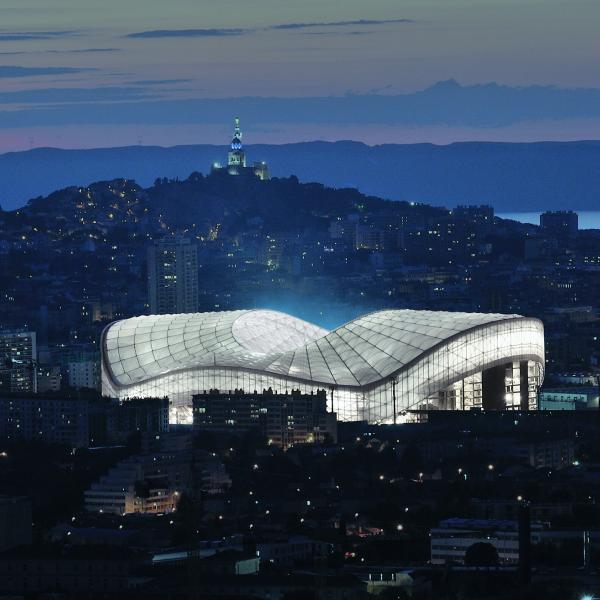
Stade Orange Vélodrome, Marseille (Bouches-du-Rhône), 2010-2016. Agence SCAU, mandataire ; Didier Rogeon, architecte associé
A unit of length in ancient Greece, the stadium (or stadion) became rapidly assimilated with an enormous empty space, partially or entirely equipped along its perimeter with bleachers or stands. It can cover a plurality of architectural forms, from the communal stadium to large sports arenas, all of which are derived from its successive uses.
“It is through a reaction against the artificial unhealthy life of our industrial conurbations that the sports movement was born […] it is better to prevent than cure, building stadiums rather than hospitals” (Eugène Beaudouin, 1934). The boom in mass sports practices in the 20th century transformed the stadium into a major public facility, to the point of making it a monument. Dedicated to hosting national or international competitions, the stadium has also become an edifice of spectacles. Its important in everyone’s imagination invites people to understand its history as well as its heritage dimension.
The exhibition is organized in three sequences, each summed up by an evocative idea of the challenges ofthe sports world, inviting the visitor to consider
Visitor information
-
Curatorship
Émilie Régnault, conservation assistant Gallery of Modern and Contemporary Architecture, Cité de l’architecture & du patrimoine
-
Scientific advisor
Franck Delorme, conservation assistant, Cité de l’architecture & du patrimoine
Images of the exhibition
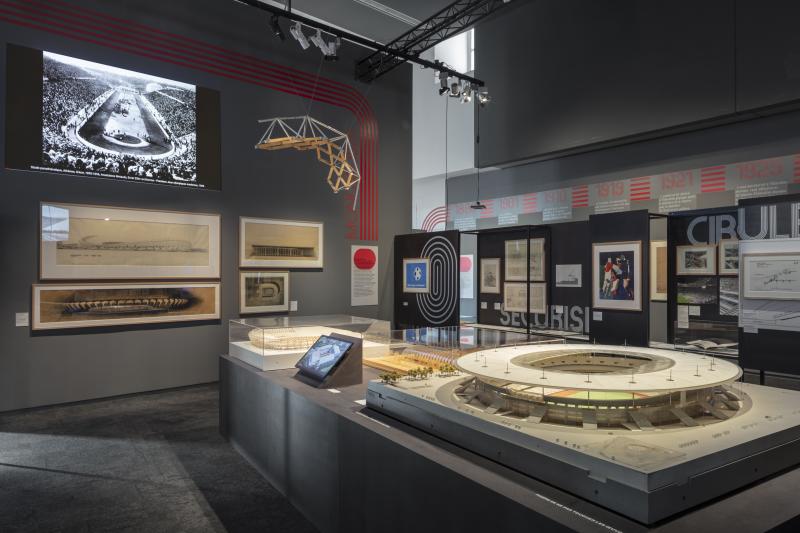
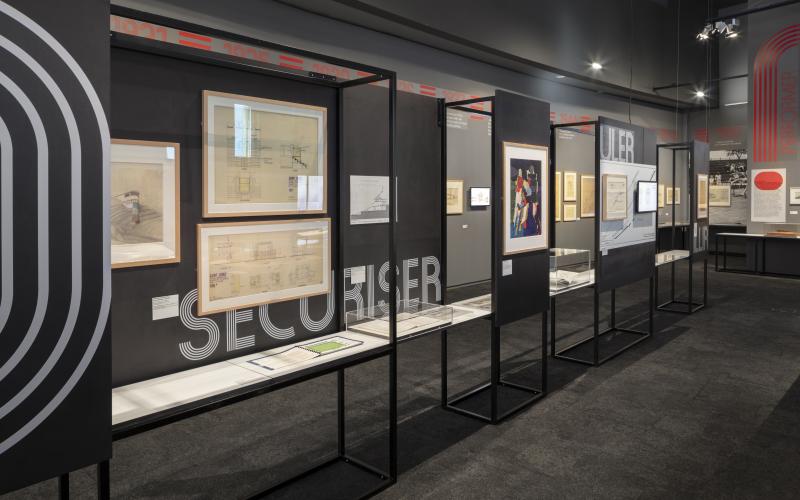

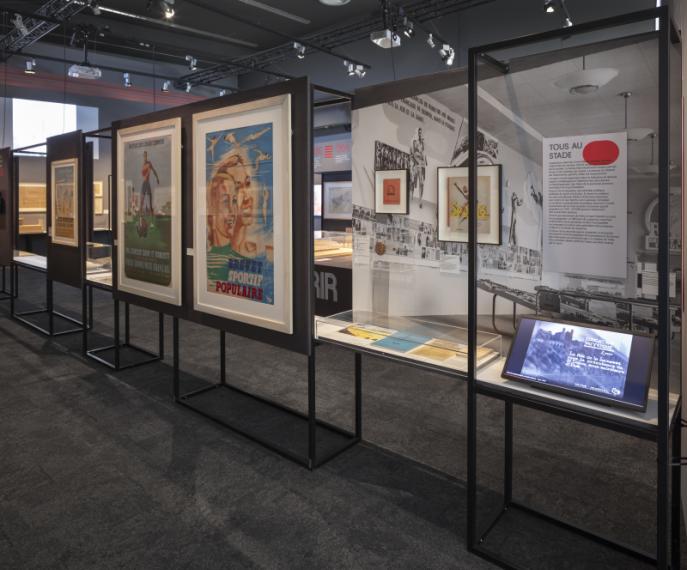
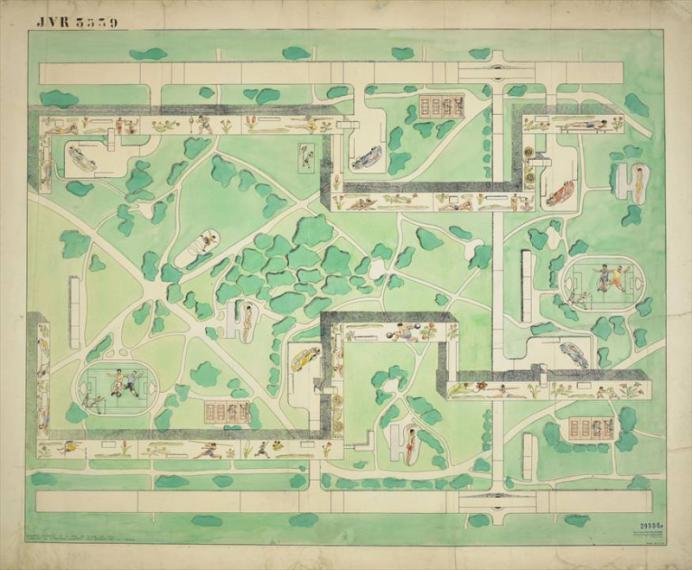
Jeu Ville Radieuse, 1939 - Le Corbusier / Dessin en plan du parcours du jeu
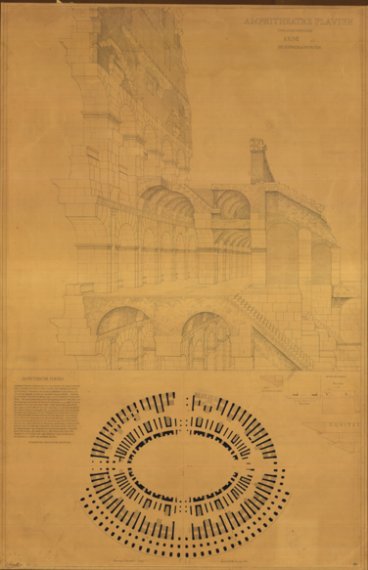
Relevé de l’amphithéâtre Flavien dit le Colisée, Rome, plan coupe en perspective - envoi de Rome 1827 - Henri Labrouste (1801-1875)

Stade de 100 000 places, Concours 1962-1963 (projet non réalisé), Georges Bovet, Francis Quenard, Jean Royer, architectes – élévation –


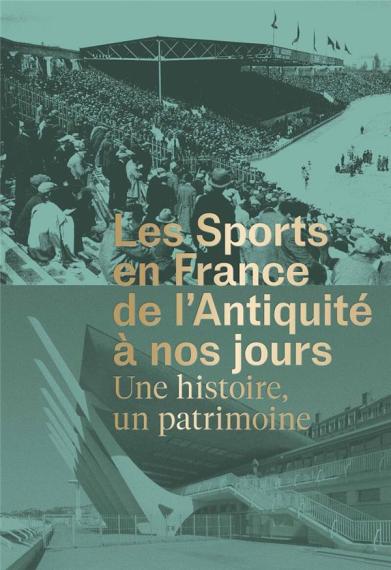
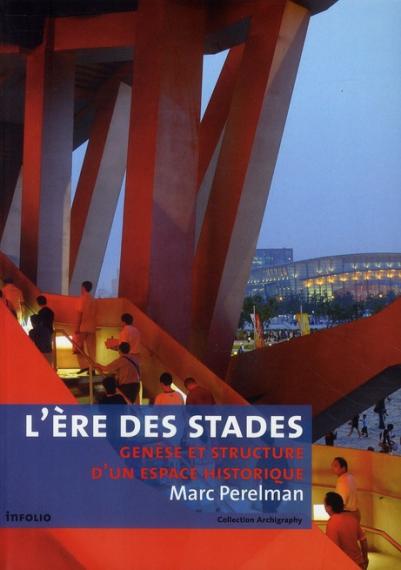
![Stadia : the populous design and development guide / Geraint John, Rod Sheard and Ben Vickery ; [foreword by Jacques Rogge]](/sites/default/files/styles/diaporama/public/images/2024-03/0241991_9780415522700_600.jpeg?itok=B341kXL5)
